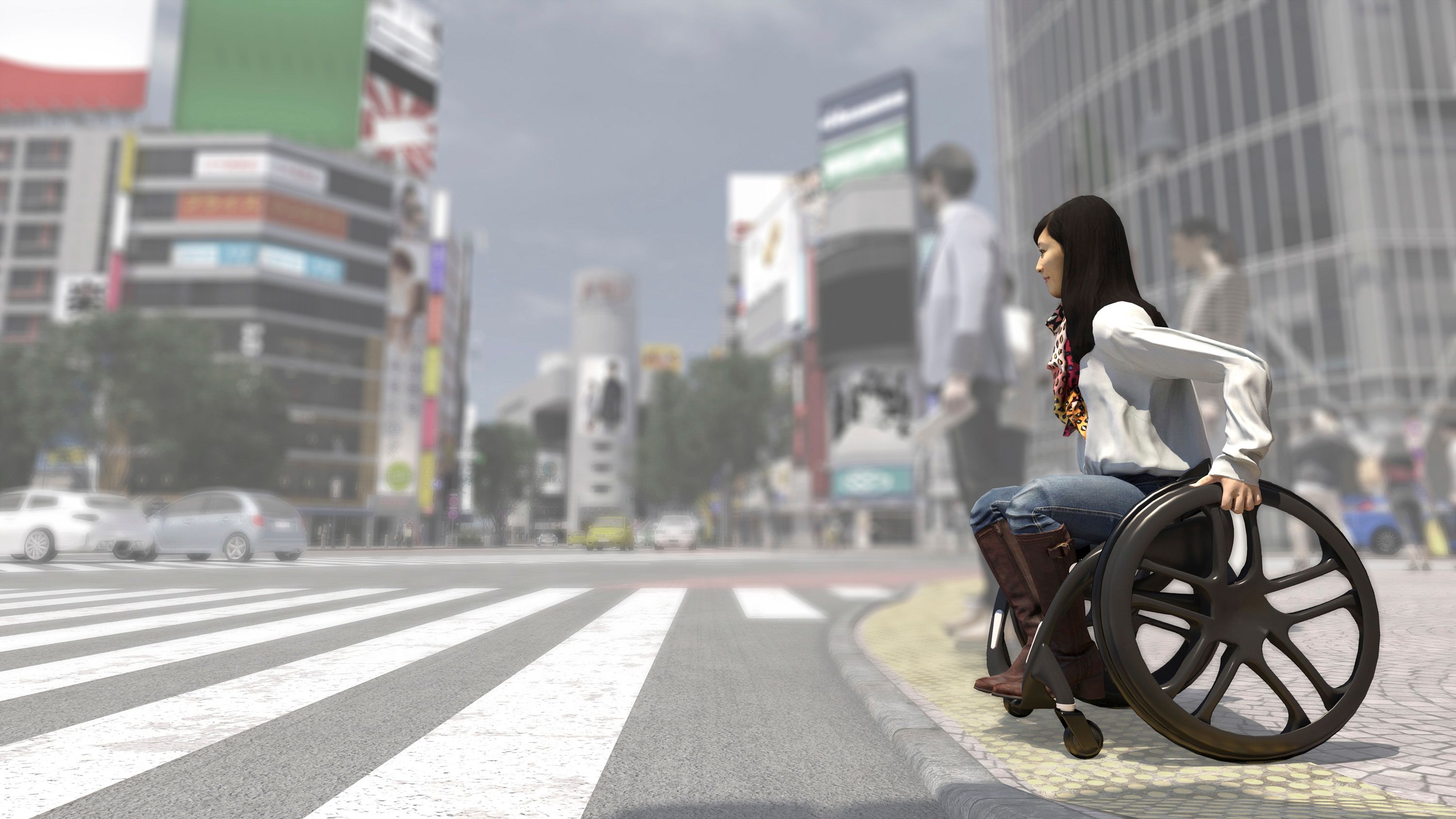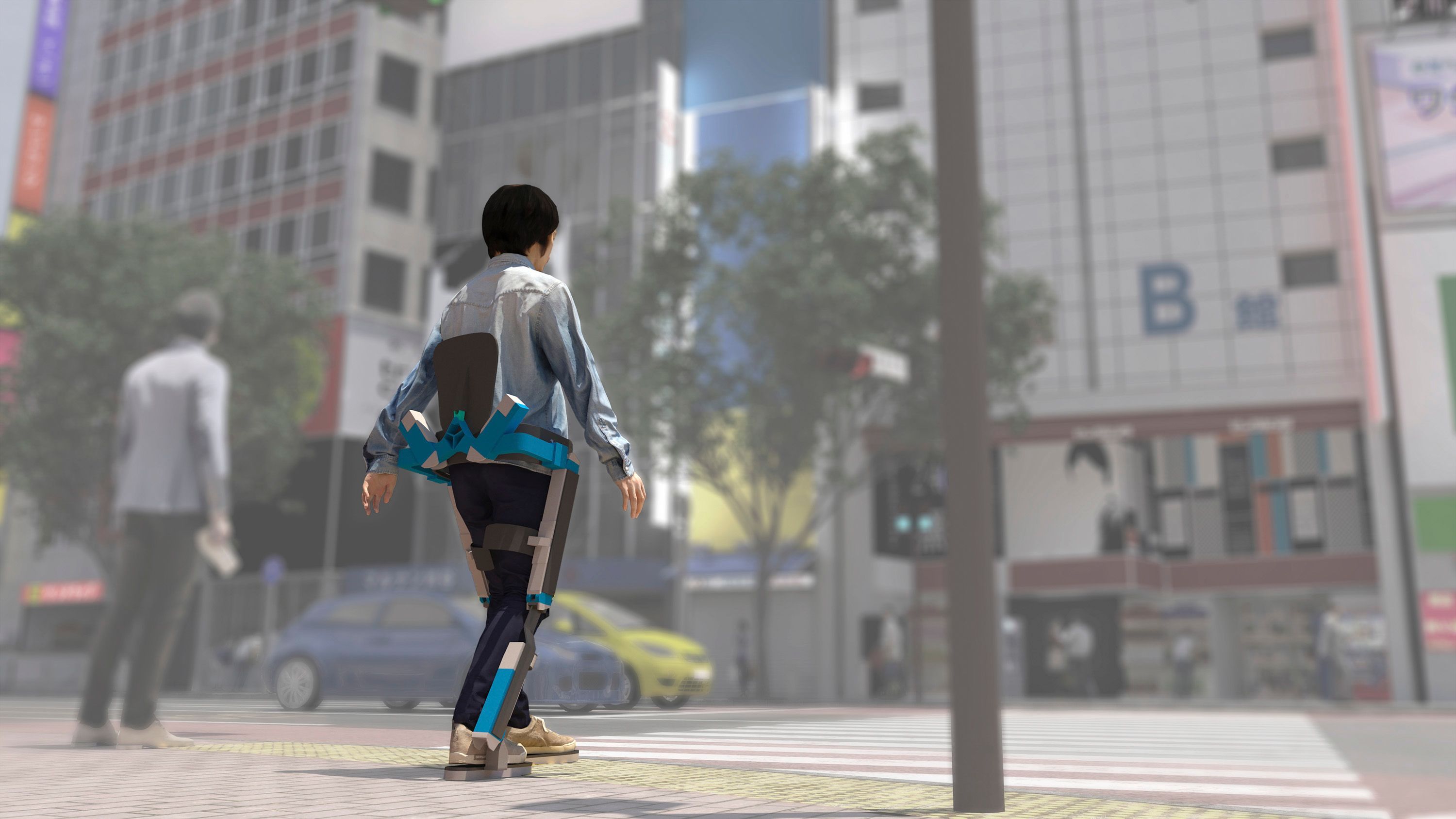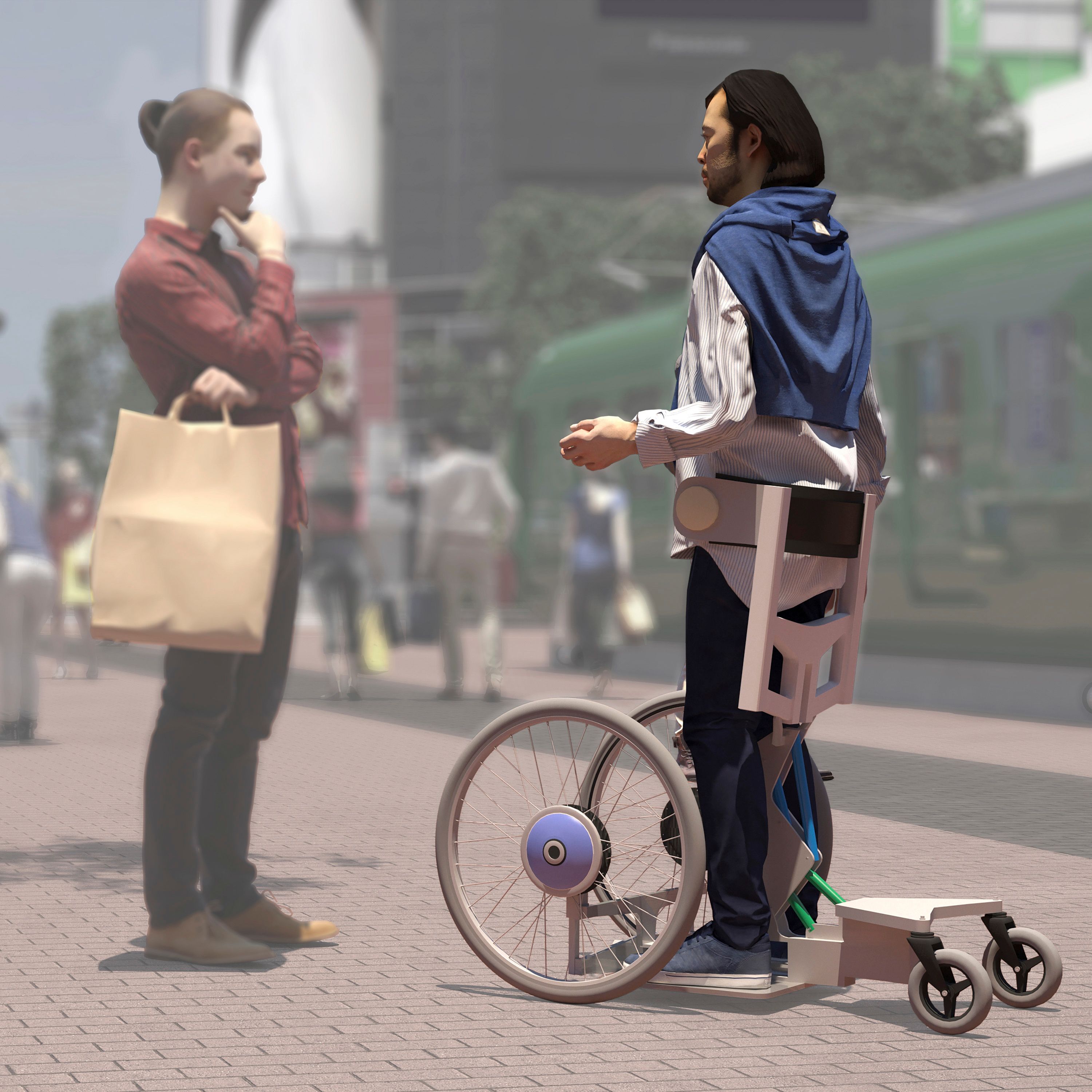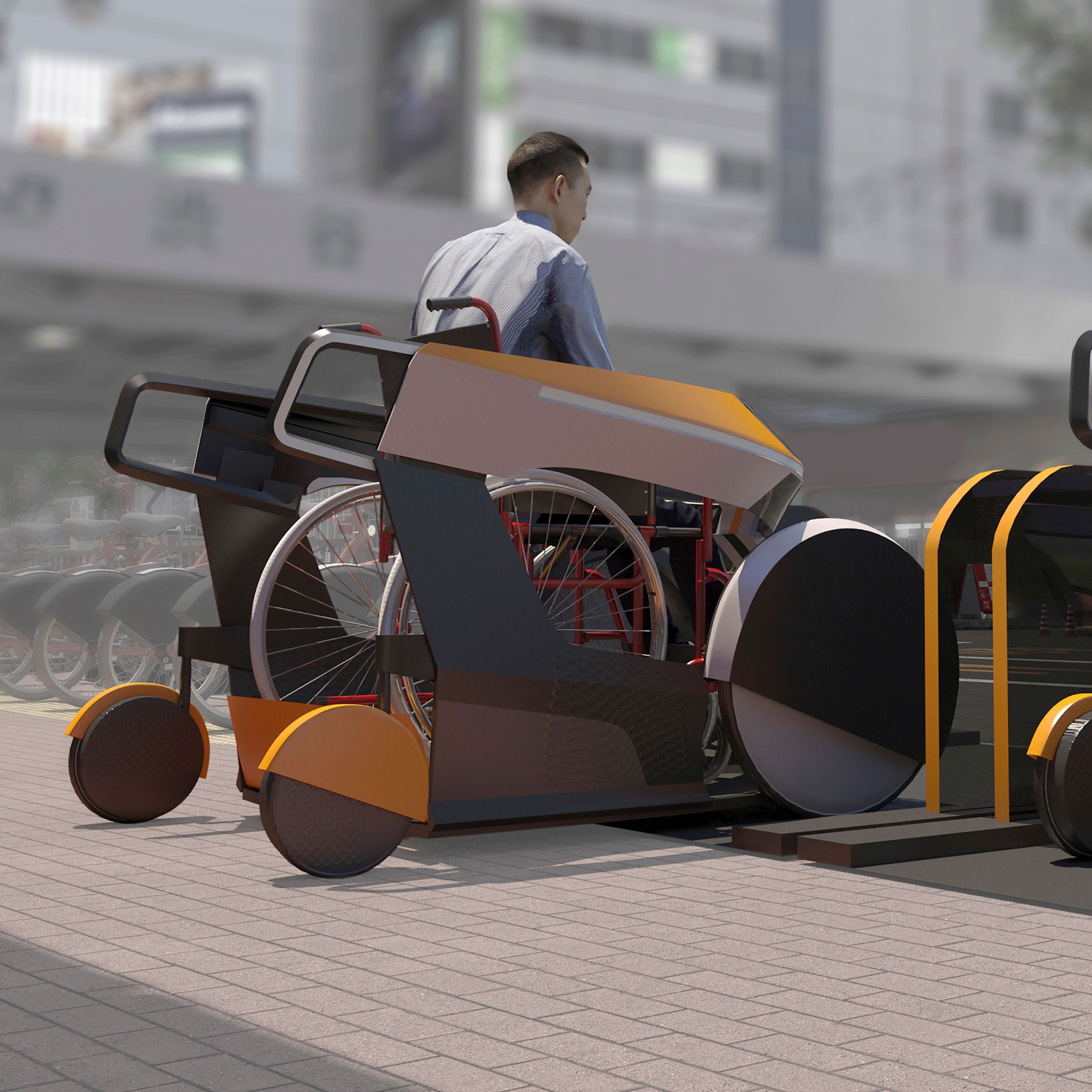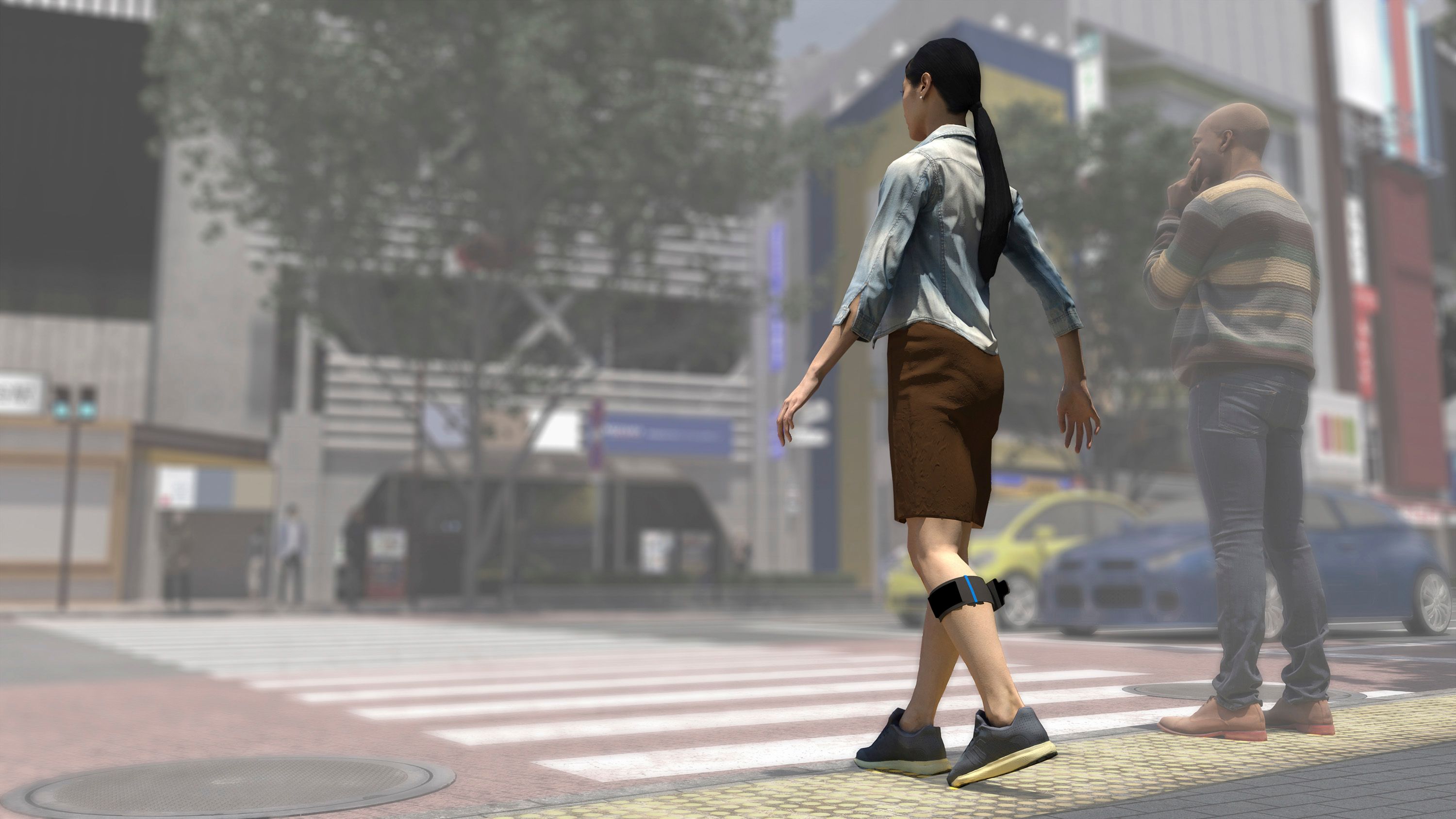Toyota's Mobility Foundation, in partnership with Nesta's Challenge Prize Centre, has unveiled the five finalists of its Mobility Unlimited Challenge. The contest was created to recognize the best new designs that help improve the lives of people with lower-limb paralysis or paraplegia. In the end, five finalists were chosen, including an Italian design house that we know more for its exotic performance car designs. Of the five finalists, two developed exoskeleton designs while another created a concept for the purpose of cultivating the electric wheelchair equivalent of a bike-sharing scheme. All five finalists received $500,000 from Toyota for making it this far in the competition. The winning designer, which will be announced in 2020, will also receive an additional $1 million for taking the competition.
Just because wheelchairs don’t get the same attention as cars, that doesn’t mean we should just dismiss their importance, especially if the available technology today provides improvements on their use and functionality. That’s basically what Toyota’s Mobility Unlimited Challenge is all about. Sure, it’s still a competition, but at the heart of that competition is the goal of improving the mobility and independence of people with lower-limb paralysis, of which this world has many. It’s not surprising that Toyota received over 80 entries in this competition. Of the 80 entries, five finalists were chosen, and we’re going to run through each of the five finalists and talk about why they got the nod.
EvoWalk by Evolution Devices
The first finalist is the EvoWalk, which comes to us by way of U.S.-based Evolution Devices. The company developed a non-intrusive sleeve — it actually looks like a non-metal knee brace that a lot of athletes, mostly basketball players, use — that can be wrapped around the user’s leg. Unlike traditional knee braces, the EvoWalk comes with sensors that not only track the user’s walking motion but, more importantly, stimulates the right muscles at the right time to improve the user’s mobility. It’s more than just a concept, too. It has helped improve the walking form of a number of patients, particularly those suffering from multiple sclerosis, ALS, and even stroke victims. On top of that, the EvoWalk can also be used to battle a number of neuromuscular diseases, including Lumbar Degenerative Disease and Muscular Dystrophy. It’s not the coolest-looking entry in the competition, but as a device that has a capacity to help people in need in the real world, it’s no wonder that it was named a finalist in Toyota’s Mobility Unlimited Challenge.
Phoenix AI Ultralight Wheelchair by Phoenix Instinct
The next finalist comes to us by way of Phoenix Instinct, a U.K.-based company that actually specializes on wheelchairs. The competition, you might say, was right around the company’s wheelhouse. How it goes about doing that is a big reason why it made it this far in the competition. According to Phoenix Instinct, the wheelchair is capable of continuously adjusting its center of gravity depending on how the user is seated. That’s the “intelligent” aspect of the product. The chair also comes with power assist to improve the user's mobility in tougher surfaces, including hilly environments. On the functional side, the wheelchair is made entirely of carbon fiber, so it’s a lot lighter than standard wheelchairs in the market. This technology becomes especially handy when a wheelchair user, for example, leans over and tries to reach for something. Instead of having to worry about pushing too much weight in the front of wheelchair that can cause it to flip in the front, the wheelchair balances the user’s weight, ensuring that he or she can reach for an item without having to worry about falling off of the wheelchair.
Quix by IHMC and Myolyn
The third finalist on this list is the Quix, which was developed by the Florida Institute for Human and Machine Cognition. Together with Myolyn, a company whose goal is to make functional electrical stimulation technology available to the masses, the IHMC created a robotics-powered exoskeleton with motors at the hips, knees, and ankles, as well as additional actuators.A big part of that function revolves around the use of modular actuation and control algorithms for balancing autonomous humanoid robots. I’ll admit that most of this tech goes over my head, but the Quix also utilizes perception technology from autonomous vehicles, which is to say that, at the very least, that tech is connected to the auto industry. Renderings of the product also show that the exoskeleton structure isn’t obtrusive the same way standard wheelchairs are. It’s an interesting concept, for sure. Whether it ends up in production remains to be seen, but the potential is there for this product to be a game-changing tool for people with lower-limb paralysis.
Qolo (Quality of Life with Locomotion) by Team Qolo, University of Tsukuba
The fourth finalist is the QOLO, or Quality of Life with Locomotion. This product was developed by a team from the University of Tsukuba in Japan. Like the QUIX, the QOLO is an exoskeleton device. On the other hand, it doesn’t have a seat, so it’s not a traditional wheelchair, either. Instead, the backrest that supports the user when he’s standing can slide down and turn into a seat. The exoskeleton and the wheels providing movement and balance while users control the device through their upper bodies.
Moby by Italdesign
The fifth and final finalist is Moby, an electric wheelchair-sharing scheme that’s similar to bike-sharing schemes that populate a lot of today’s biggest cities. It’s the entry of Italian design house Italdesign, which we know all too well in the auto industry as the studio behind creations like the concept vehicles like the GTZero Concept, Gea Concept, Zerouno, and most recently, the Nissan GTR-based GTR50. For its entry, Italdesign took a different approach altogether. The wheelchair itself isn’t the product; it’s a series of electric devices that look like pods for people who use lightweight manual wheelchairs. Imagine using a manual wheelchair to go about in your daily commutes. It can be a tough task, especially if you do it on a day-to-day basis. With Moby, all you need to do is "hire" one of these pods through an app. Once hired, you slide your wheelchair into the electric-powered pod, and the pod moves you along to your desired destination. In so many words, it’s like Uber for wheelchairs. Italdesign’s goal with Moby revolves around allowing wheelchair users to travel more easily using the service. It’s, admittedly, a fantastic idea, provided that there’s an infrastructure that can develop a program that can work in cities all over the world.
Providing real-world devices and services for people suffering from lower-limb paralysis is the long-term goal
Of the five finalists, one will emerge as the winner of Toyota’s Mobility Unlimited Challenge. The success of these finalists is important in creating a future where personal mobility devices can accommodate the number of people suffering from lower-limb paralysis. While there are no statistics on paralysis on a global scale, the World Health Organization estimates that there are as many as 500,000 new cases of spinal cord injury all over the world every year. Imagine the kind of figure that adds up from these new cases and think about how we lack personal mobility devices that can meet the needs of those who suffer from lower-limb paralysis. Hopefully, innovation in this regard develops at a much faster pace than it currently does. That’s the goal of the Toyota Mobility Foundation’s Mobility Unlimited Challenge.
Further reading
Read more technology news.

